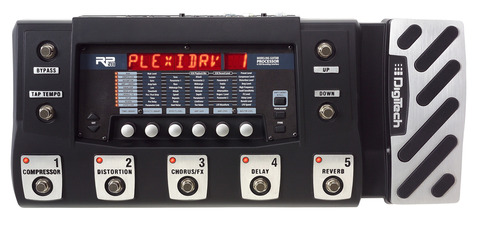
A Few Words from Bonfiglio on Killer Tone
Robert Bonfiglio, as visitors to this site know, is the most accomplished classical harmonica player now active, arguably the greatest ever. This discussion — Robert’s response to a thread concerning the effect of equipment such as microphones and amplifiers on “killer tone” — originally appeared in a slightly different form in a message posted to the Harp-L List in April 2001. As always, Robert’s comments are well worth reading. They are presented here by permission of the author, with our thanks.
There are still a lot of players talking about tone as if we played guitar, and if one were to buy the right guitar, and the right pedals, and the right amp, that one would get "killer tone." If Kim Wilson picked up such a guitar and picked it he would probably get "killer tone," but if a guitar player played Kim’s harp through Kim’s amp and mic it would sound pretty lame.
This is not to mention that most great harmonica playing does not even use this elusive amped "killer tone," like none of Sonny Boy Williamson, Sonny Terry, little of Junior Wells, and maybe only one-third of Little Walter. It takes more to overdrive an amp with a harp than the right gear, and even overdriving it can sound pretty dull if you ignore other musical elements, which brings me back to my previous post on intensity. You have to be able to play the harp without the mic first!
The elements of intensity include:
- Dynamics – Loud is more intense than soft.
- Tone or color – A bright tone is more intense than a dark tone; an open tone is more intense than a closed tone; a full tone is more intense than a thin tone.
- Vibrato – Vibrato is more intense than non-vibrato; a wide vibrato is more intense than a narrow one; a fast vibrato is more intense than a slow one.
- Attack – a hard attack is more intense than a soft articulation.
- Tempo – fast is more intense than slow; accelerando (speeding up) is more intense than ritardando (slowing down).
- Pitch – dissonant is more intense than consonant; sharp is more intense than flat.
While it is possible to work on the elements of intensity individually, in actual music they all must be taken into account. You can’t just talk about dynamics without talking about the entire phrase where twenty levels of dynamics might be used. Great players vary these elements from moment to moment to build a phrase.
Therefore, if you hear a pianissimo, non-vibrato, no attack, closed tone in the high register (death, that place is strong with the dark side of the Force) followed by a full, loud, hard attack, vibrato-laden note, the tone on the last note will sound big, big, big in comparison.
Learning how to control the elements of Intensity to make good music is a life long process.
Harmonically yours,
Robert Bonfiglio
Tags In
Related Posts
Leave a Reply
You must be logged in to post a comment.
WHAT’S NEW
Categories
- Audio/Video
- Blog
- Blue Future
- Digitech RP Tricks and Tips
- Discography, CDs, Projects, Info, Notes
- Featured Video
- For the Beginner
- Gallery
- Hunter's Effects
- Hunter's Music
- Huntersounds for Fender Mustang
- Meet the Pros
- More Video
- MPH: Maw/Preston/Hunter
- My Three Big Contributions
- Player's Resources
- Pro Tips & Techniques
- Recommended Artists & Recordings
- Recommended Gear
- Recorded Performances
- Reviews, Interviews, Testimonials
- The Lucky One
- Uncategorized
- Upcoming Performances
- Zoom G3 Tips and Tricks

